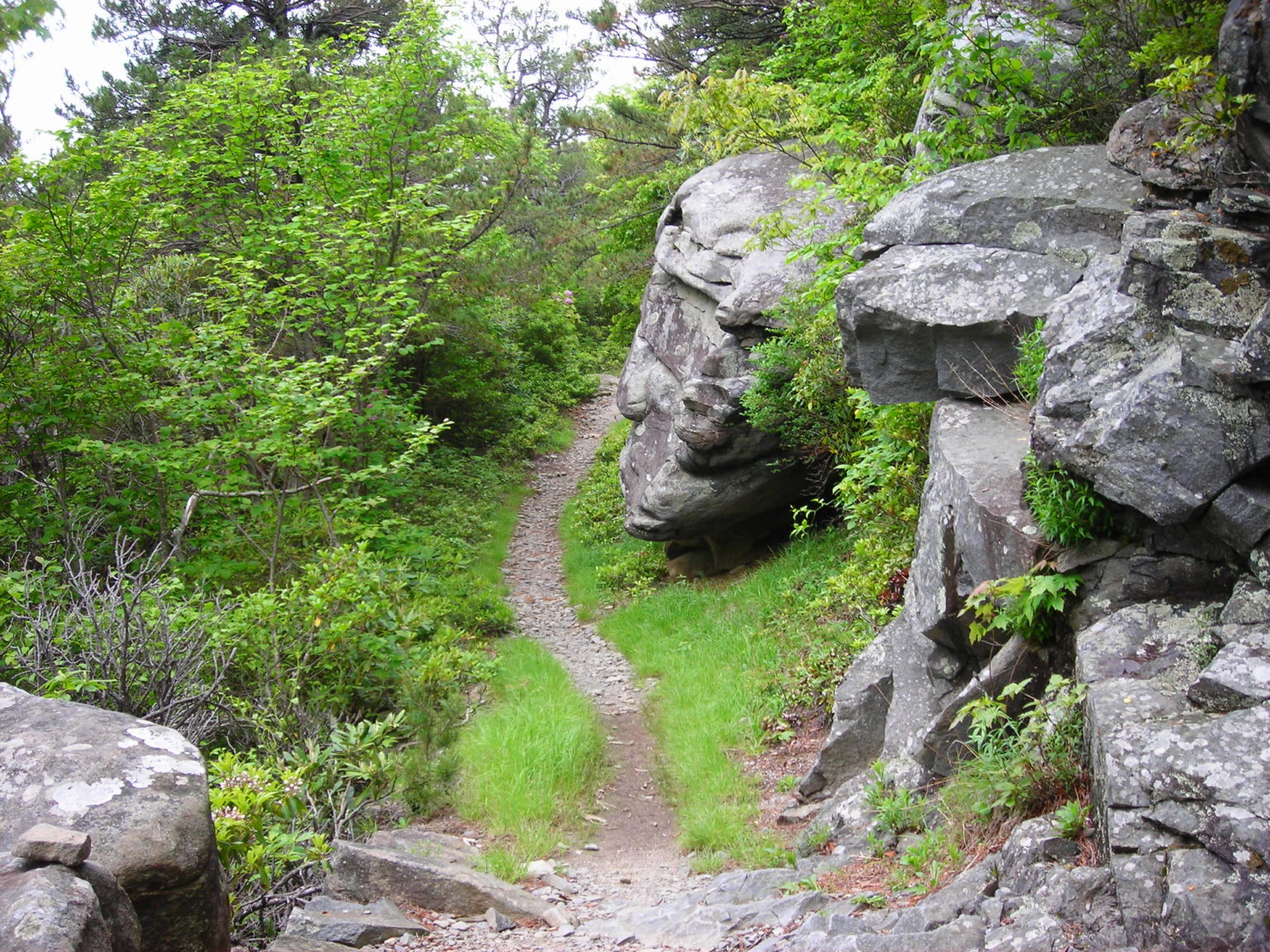Pretty hiking trails near me: Discovering nearby scenic trails offers a fantastic opportunity for recreation and relaxation. Whether you’re an experienced hiker seeking challenging ascents or a casual walker enjoying a leisurely stroll, finding the perfect path depends on understanding your preferences and needs. This exploration delves into the process of identifying and selecting trails that best suit your individual desires, focusing on factors like accessibility, scenery, and overall difficulty.
This involves utilizing readily available resources to locate trails in your vicinity, evaluating their aesthetic appeal based on various criteria, and ultimately presenting the information in a clear and concise manner. We’ll consider factors like elevation gain, trail length, and the presence of notable features such as waterfalls or viewpoints. The aim is to provide a streamlined approach to finding your ideal hiking experience.
Locating Relevant Hiking Trails
Finding nearby hiking trails involves a multi-step process combining geolocation techniques with database queries. This ensures users can quickly discover trails convenient to their current location. The process leverages readily available technologies and data sources to provide a streamlined user experience.
Determining a user’s location is crucial for delivering personalized trail recommendations. Several methods exist, each with its own advantages and limitations.
User Location Determination
Precise location data can be obtained with user consent through GPS coordinates from a mobile device or browser. However, this requires explicit user permission and may not be available in all situations. Alternatively, an approximation can be derived from the user’s IP address. This method offers a less precise location, typically accurate to the city or region level, but requires no user interaction. Combining both methods, when permitted, can improve accuracy. For instance, if GPS coordinates are available, the system uses them; otherwise, it falls back to IP-based geolocation. The accuracy level is communicated to the user, managing expectations regarding the precision of trail recommendations.
Accessing and Querying a Hiking Trail Database
Numerous databases contain comprehensive information on hiking trails. AllTrails is a popular example, providing detailed trail descriptions, maps, reviews, and difficulty ratings. Many local parks and recreation departments also maintain their own databases, often accessible via their websites or mobile applications. Accessing these databases typically involves using their Application Programming Interfaces (APIs) or web scraping techniques, depending on the database’s accessibility and the developer’s capabilities. API access is generally preferred as it is more reliable and adheres to the data provider’s terms of service. For example, the AllTrails API allows developers to retrieve trail data based on various criteria, including location, difficulty, and length. Accessing local park databases often requires understanding the specific data format and potentially interacting with their website directly.
Trail Filtering Algorithm Based on Proximity
Once the user’s location and trail data are obtained, a filtering algorithm is applied to identify trails within a specified radius. This typically involves calculating the geographical distance between the user’s location and each trail’s coordinates. The Haversine formula is commonly used for this purpose, as it accurately accounts for the Earth’s curvature.
The Haversine formula calculates the great-circle distance between two points on a sphere given their longitudes and latitudes.
The algorithm then filters the trail dataset, retaining only trails within the user-defined proximity. For instance, if a user specifies a 20-mile radius, only trails within that distance will be displayed. Further filtering can be applied based on additional user preferences, such as trail difficulty, length, or type. This allows for a highly personalized and relevant set of trail recommendations.
Final Conclusion
Finding the perfect pretty hiking trail near you is a blend of planning and personal preference. By utilizing online resources and considering your individual needs – whether it’s a challenging hike or a gentle walk – you can discover beautiful trails that offer a rewarding and memorable experience. Remember to prioritize safety, check trail conditions beforehand, and enjoy the journey!




